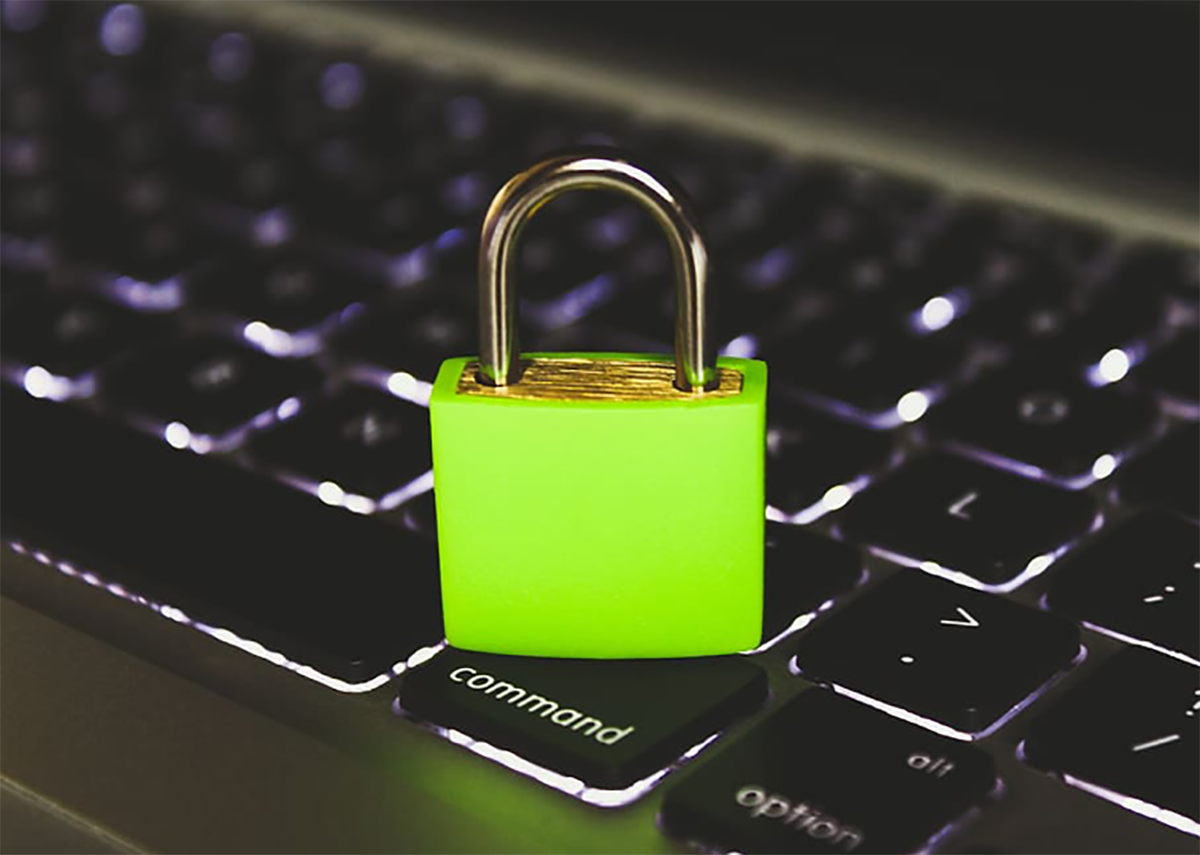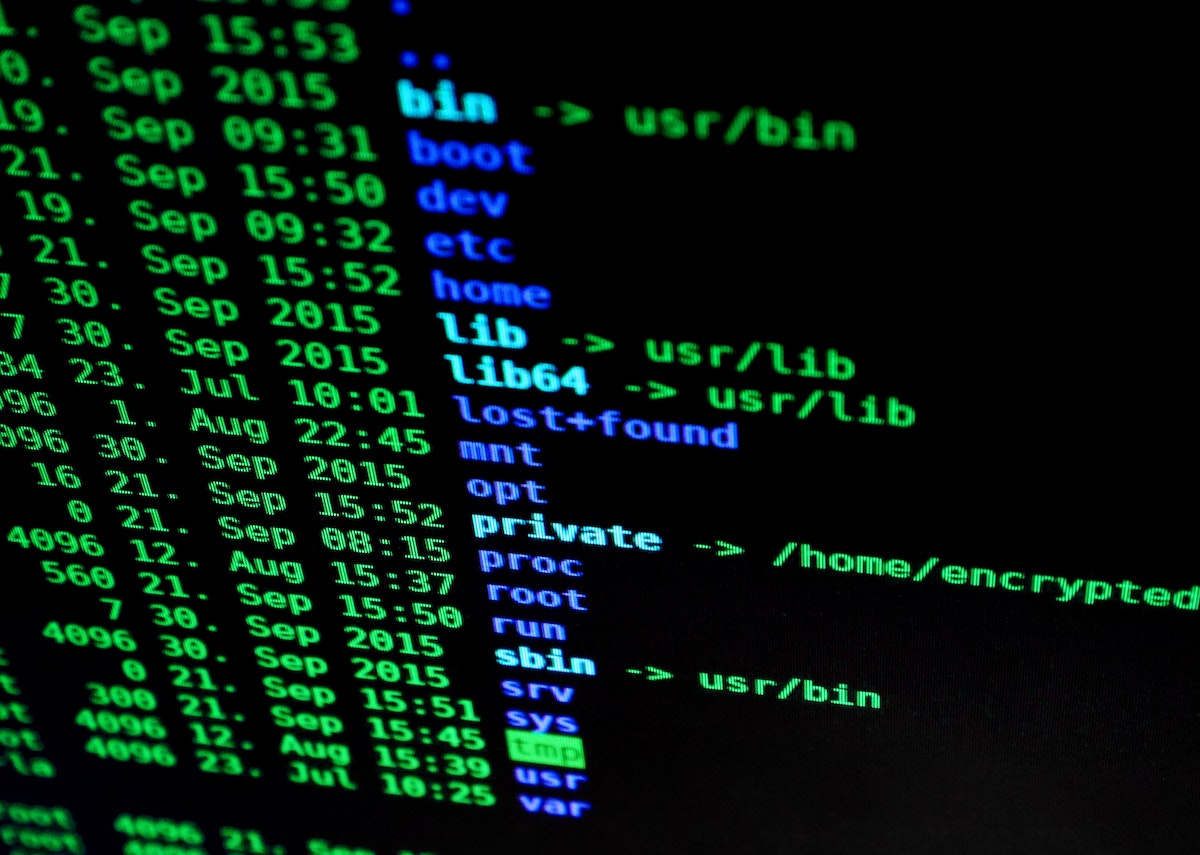Why You May Need Zero-Trust Security Network Models
Share

Modern businesses operate on one thing, and that’s “data.” You may already know what data is and how it matters because it helps most modern businesses make key decisions. However, the main issue is data security through unauthorized and unmonitored access.
Should a business allow all employees and individuals associated with it to access all types of information and resources? No, because different people have access to different data based on their roles and responsibilities. That’s exactly what zero-trust security models help with. Find out why you may require a zero-trust security model.
What is a Zero-Trust Security Model?
The primary principle of zero-trust security models is that it eliminates most of the vulnerabilities present in the security systems of modern companies. The main issue this technology deals with is the too much trust that companies have in devices and individuals associated with them.
The zero-trust security model emphasizes that companies can struggle with security issues when it trusts devices and individuals too much. It suggests that all users and devices must pass authentication to get on the network and access allocated resources.
In simple words, even if a user is registered and is present on the network with due permission, the zero-trust security model won’t trust it by default. It will require device and identity authentication in every case to authorize access.
Why Your Business Might Need a Zero-Trust Cybersecurity Model?
Do you want to let your employees and executives access sensitive information over firewalls and VPNs only? Do you put all your trust in the perimeter security systems only? You should know that VPNs and firewalls merely generate a safety perimeter around a business network.
Anyone inside the perimeter, such as an authorized individual or permitted device, can access resources completely hassle-free. While it sounds convenient, it poses a serious threat. What is an already permitted device or individual on the network that has been compromised?
With so many workers operating on a business network, it’s difficult to check for compromises. Hence, perimeter security is less effective and less safe. On the other hand, a zero-trust security model eliminates the loopholes that exist in traditional IT security solutions.
Adopting the zero-trust security models will offer protection against corporate identity thefts, sensitive data theft, loss of devices (corporate assets), and so on. Here’s a list of reasons why zero-trust security models are important:
- Higher control inside a cloud environment
- Improved ability for compliance auditing within the organization
- Reduced risks of breaches and better early breach detection rates
- Greater network traffic visibility
- Company data protection
Conclusion
Do you realize the sheer importance of zero-trust security models in preventing unauthorized access to sensitive data and information? It prevents all users from accessing business resources and data until they receive the required identity authentication.
Even independent devices associated with the business will require authentication to access sensitive information and data. This security technology might limit the privilege some people have at an organization, but it will fortify the defense against unauthorized access and unwanted security breaches.
Modern businesses operate on one thing, and that’s “data.” You may already know what data is and how it matters because it helps most modern businesses make key decisions. However, the main issue is data security through unauthorized and unmonitored access.
Should a business allow all employees and individuals associated with it to access all types of information and resources? No, because different people have access to different data based on their roles and responsibilities. That’s exactly what zero-trust security models help with. Find out why you may require a zero-trust security model.




